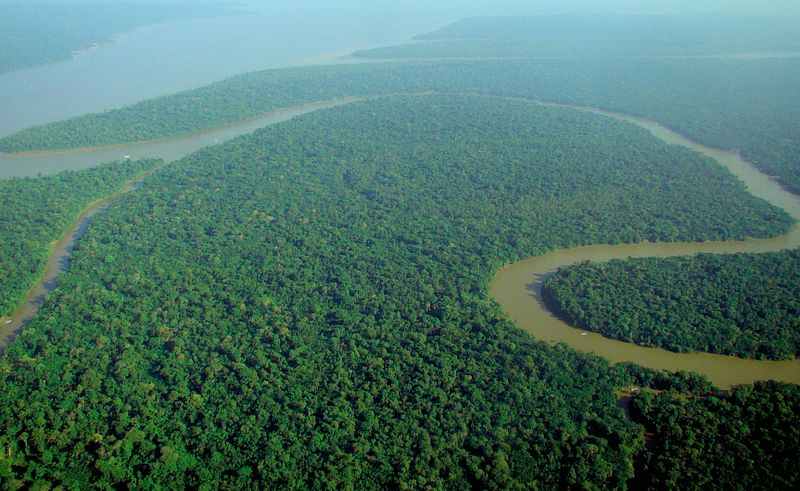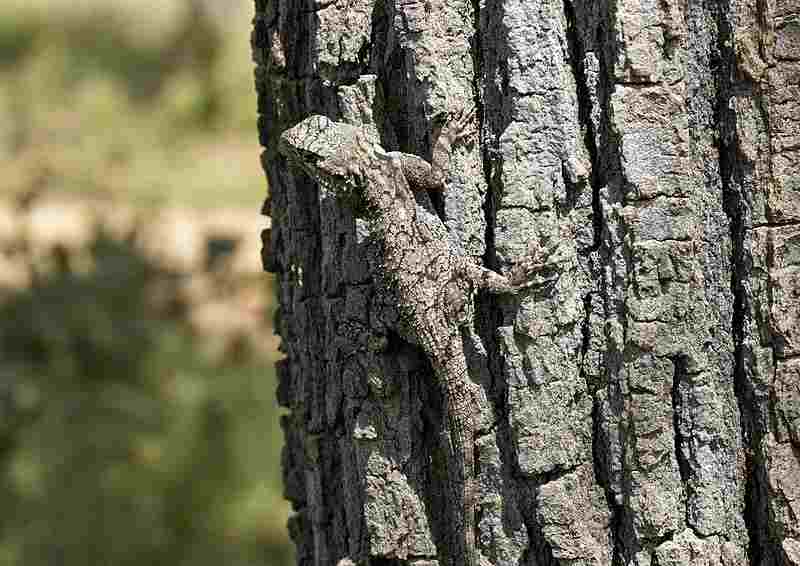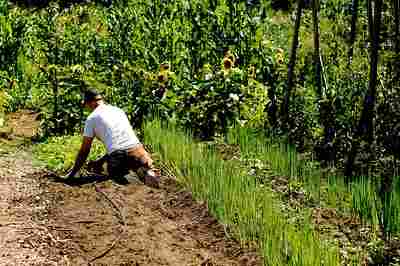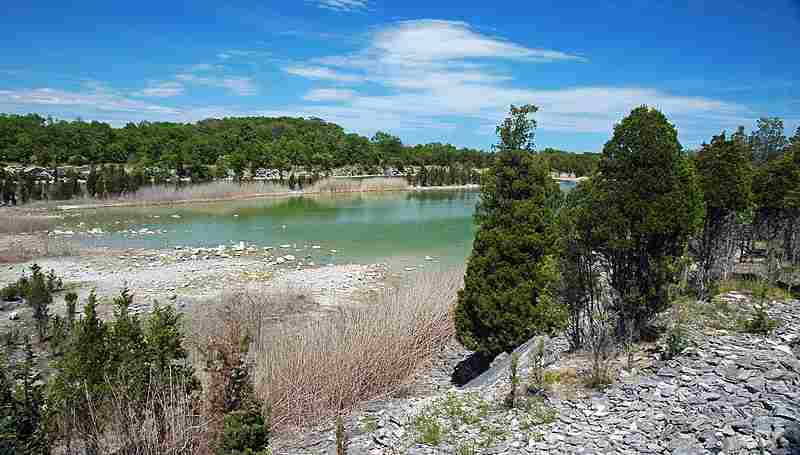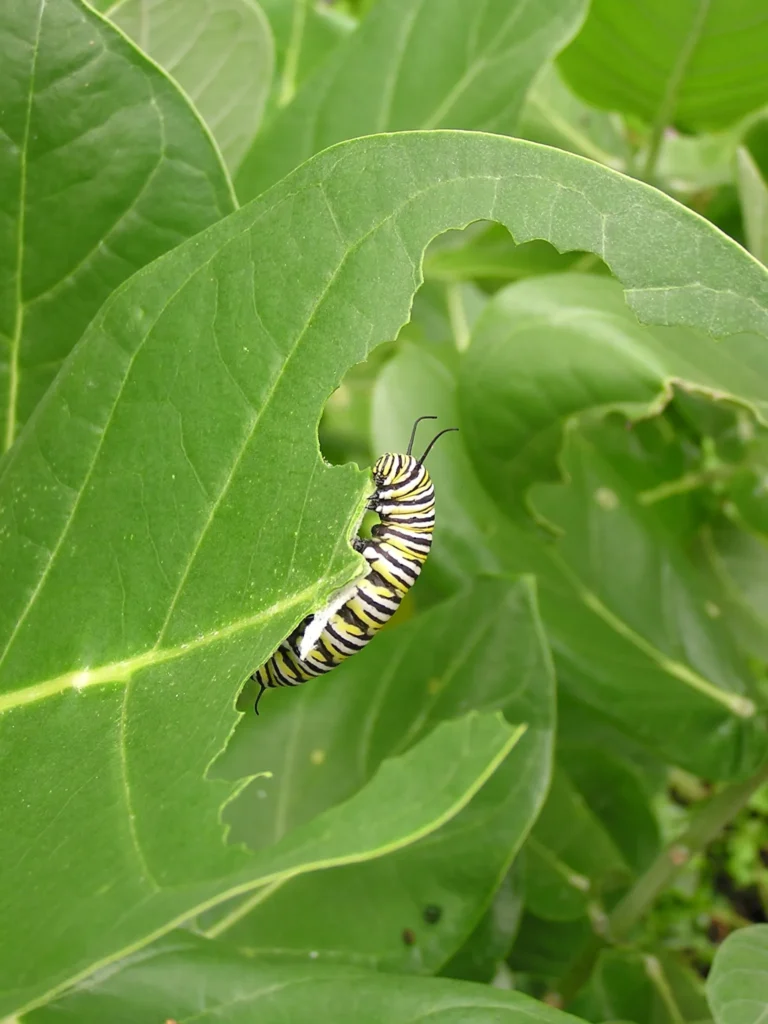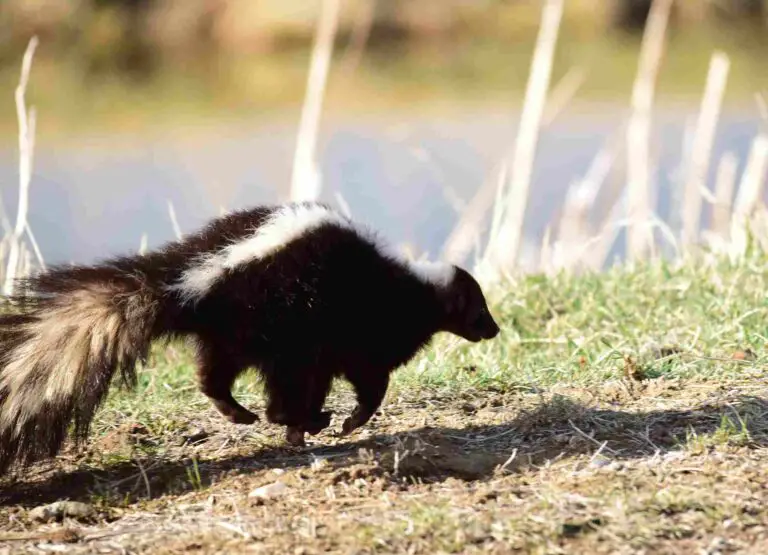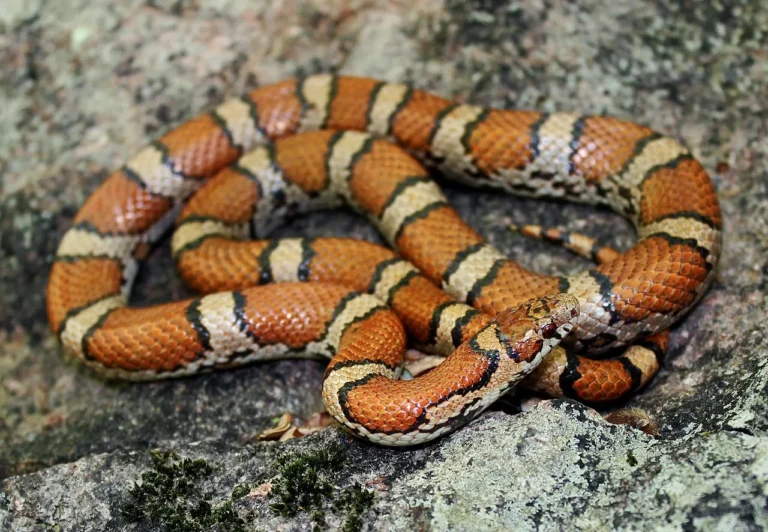Tropical Rainforest Definition, Location(s) and Characteristics
Tropical rainforest is a densely-vegetated ecosystem with abundance of inorganic resources and biodiversity.
This article discusses tropical rainforest definition, location and characteristics, as outlined below;
-Tropical Rainforest Definition: 5 Ways to Define the Tropical Rainforest Ecosystem
-Tropical Rainforest Location(s)
-Unique Characteristics of Tropical Rainforest Ecosystem
Tropical Rainforest Definition: 5 Ways to Define the Tropical Rainforest Ecosystem
Multiple criteria can be used to define the tropical rainforest, because of the dynamic and ecologically-robust nature of this ecosystem. One of such criteria is the climate of tropical rainforest, which differentiated it among other terrestrial biomes. The tropical rainforest definition below highlights basic attributes of its climate;
Tropical rainforest is a terrestrial biome that is generally located close to the equator, and has distinctive climatic conditions, such as abundant rainfall, solar radiation, high-relative humidity, and warm temperatures.
One of the outcomes of tropical climatic conditions is high species-richness and diversity. This can be analyzed by observing trends in the abundance and distribution of organic populations of animals and plants in the tropical rainforest. Below is an alternative tropical rainforest definition that lists some categories of tropical forest plants;
Tropical rainforest is a highly-diverse ecosystem, characterized by rapid-growing vegetation which includes various species of trees, shrubs, herbaceous plants, ferns, grasses, climbing plants like vines and lianas, epiphytes, non-vascular ground-covers like mosses and lichens.

Another criterion that can be used to evaluate the biological diversity of tropical rainforests is animals. In line with this, an alternative tropical rainforest definition highlighting the main groups of animals in a rainforest, is given below;
The tropical rainforest is an ecosystem located in regions near the equator, and comprised of diverse plant species, as well as multiple animal groups like; mammals (including primates, felines, bats, rodents) birds, aquatic animals, arachnids and insects, as well as reptiles and amphibians.
Both plants and animals make up the biotic factors of tropical rainforests. These factors are listed in the alternative tropical rainforest definition below;
A tropical rainforest is a complex biome comprising of multiple, interconnected food chains and energy pyramids, as well as biotic factors like; producers, herbivores, carnivores, omnivores, and decomposers.
Lastly, the tropical rainforest definition is built around a list of abiotic factors in the tropical rainforest, as follows;
Tropical rainforests are ecologically robust zones with abundant vegetation and animals; and whose environmental conditions are driven by abiotic factors like solar radiation, nutrients, soil, water, atmospheric gases, and physicochemical parameters.
Tropical Rainforest Location(s)
Generally, the location of tropical rainforests is close to the equator [3], in a geographic zone known as the equatorial belt.
Locations of tropical rainforests in the world are;
1. Southeast Asia
2. South America
3. Africa
4. Pacific Islands
In Africa, tropical rainforests are located mainly in the Congo Basin of Central Africa, which is a large tropical zone spanning multiple countries including Gabon, Cameroon and Congo [6].
Forests within this zone are collectively referred to as the Congolian forests, and are highly abundant with biodiversity.
Other parts of Africa in the west also have tropical rainforests, but not at the areal and biological scale of the Congo Basin. In the southern region of Africa, broadleaf tropical forest occurs along the coast of the Indian Ocean.

Where tropical rainforests are located (that is; where they originate) is a function of their environmental conditions, which include climatic, edaphic, chemical and biological.
One of the key determinants of tropical rainforest location is the availability of solar radiation, which comprises of light for photosynthesis, and thermal energy that facilitates hydrological cycling and regulates climatic elements like precipitation, humidity, air pressure and temperature.
Regions that accommodate rainforests, are characterized by suitable conditions for plant and animal diversity, as well as ecologic sustainability. Some of these conditions are; warm temperature, high humidity, and minimal variations with the seasons.
The location of tropical forests near the equator can be attributed to solar radiative inclination, which favors the supply of maximum sunlight to regions along the equatorial belt. This radiation is behind the warm temperature of rainforests, as well as the high precipitation that comes from continuous evaporation and condensation, and an active, convective cycle of humid air-masses.
High solar radiation and regional temperature also facilitate rapid metabolism in tropical organisms [2], which is behind the biologically hyper-active nature of tropical forests (especially when compared to other ecosystems like deserts and grasslands).
Processes like biodegradation, nitrogen fixation and carbon sequestration occur at a relatively rapid pace in tropical rainforests due to their warm, humid location. The pace of these processes makes rainforests efficient as carbon sinks and climate modifiers. It also accounts for the effectiveness of nutrient-recycling and the organic carbon content of rainforest soils.
Amazon Rainforest of South America is the most famous rainforest in the world, owing to its areal span and biodiversity.
The Amazon Rainforest spans across Ecuador, Colombia, Peru and Brazil; and covers between 5.5 to 6.7 million square kilometers [4]. It houses an immense magnitude of natural resources, and has been the subject of numerous efforts to mitigate global warming, control deforestation, and implement reforestation schemes.

Unique Characteristics of Tropical Rainforest Ecosystem
The unique characteristics of the tropical rainforest are; warm-humid climate, high precipitation, complex vegetative structure, and high biodiversity. Each of then is discussed briefly below;
1). Warm-Humid Climate (as one of the Characteristics of Tropical Rainforest Ecosystem)
The climatic conditions of tropical rainforests can be described as humid and warm.
Average temperatures in the tropical rainforest range from 25-30°C on average.
Some tropical rainforest-areas record average annual temperature of 25°C [5], while for others the average range may be broader, such as from 20-30°C. Seasonal variations in weather are very minimal.
Warmth and humidity both contribute to the high biodiversity of tropical rainforests.
2). High Precipitation
Precipitation in tropical rainforests is fairly high, ranging from 1,500 to 3,000 per annum, on average [1]. Some areas may record a maximum threshold of 2,000 mm or 4,000 mm respectively.
High rates of rainfall are accountable for the dense vegetation growth in tropical rainforests.
3). Complex Vegetative Structure (as one of the Characteristics of Tropical Rainforest Ecosystem)
One of the most typical characteristics of the tropical rainforest is its dense vegetation.
This vegetation forms a complex forest structure that comprises of multiple layers, due to differences in the heights of various categories of forest plants (like trees being taller than shrubs).
Tropical forest vegetation forms a canopy with multiple levels, including an upper and lower understory, respectively.
The complexity of rainforest structures reflects in the versatility of biodiversity, which depends on the vegetative structures as a food source, environmental modifier and micro-habitat.
4). High Biodiversity
Tropical rainforests are hot-spots of immense biodiversity.
This includes thousands of species of plants, mammals, reptiles, birds, microbes, insects, and aquatic organisms, among others.
The rainforest's biodiversity is fostered by its climate and the availability of essential resources like biomass, oxygen and water.
Conclusion
Tropical rainforests are resourceful and biologically-diverse ecosystems that can be described in terms of their climate, biodiversity, location, biotic and abiotic factors.
Locations of tropical rainforests in the world are;
1. Southeast Asia
2. South America
3. Africa
4. Pacific Islands
The characteristic features of tropical rainforest ecosystem are;
1. Warm-Humid Climate
2. High Precipitation
3. Complex Vegetative Structure
4. High Biodiversity
References
1). Balogun, L.; Ayodele, O.; Oyerinde, O. (2019). "Analysis of Climate Change in Rainforest Ecosystems of Southwestern Nigeria." Available at:
2). Clarke, A.; Fraser, K. P. P. (2004). "Why does metabolism scale with temperature?" Functional Ecology 18(2):243 - 251. Available at: https://doi.org/10.1111/j.0269-8463.2004.00841.x. (Accessed 1 June 2023).
3). Corlett, R. T.; Primack, R. (2011). "Tropical Rain Forests: An Ecological and Biogeographical Comparison, Second edition." Wiley-Blackwell. Available at: https://doi.org/10.1002/9781444392296. (Accessed 1 June 2023).
4). Dominguez, D.; del Villar, L. J.; Pantoja, O.; Gonzalez, M. (2022). "Forecasting Amazon Rain-Forest Deforestation Using a Hybrid Machine Learning Model." Sustainability 14(2):691. Available at: https://doi. org/10.3390/su14020691. (Accessed 1 June 2023).
5). Kastolani, W. (2018). "How to Conservate in Situ and Ex Situ Community Based Biodiversity Park in Sumedang Regency of West Java Province?" IOP Conference Series Earth and Environmental Science 145(1):012091. Available at: https://doi.org/10.1088/1755-1315/145/1/012091. (Accessed 1 June 2023).
6). Mayaux, P.; Pekel, J.-F.; Desclée, B.; Donnay, F.; Lupi, A.; Frédéric, A.; Clerici, M.; Bodart, C.; Brink, A. B.; Nasi, R.; Belward, A. (2013). "State and evolution of the African rainforests between 1990 and 2010." Philosophical Transactions of The Royal Society B Biological Sciences 368(1625):20120300. Available at: https://doi.org/10.1098/rstb.2012.0300. (Accessed 1 June 2023).
